When I first started taking yoga I found a few teachers that really spoke to me. But there was one woman, in particular, who was my idol. Her classes were so fun and sweaty and HARD. At the end she read all of the really deep, inspiring quotes and poems. After class, when she talked to people outside the studio, she seemed really fun, a little gritty, and down to earth. In my mind, she was the coolest thing since sliced vegan zucchini bread.
One night, she and I ended up at a party at a mutual friend’s house. The woman I had put on a pillar turned into something completely different after a few drinks. While it’s not appropriate to divulge the depth of dysfunction I saw that night (and in many future encounters), it was safe to say that I had a bombshell revelation: Even yoga teachers who looked really cool on the outside could still be super broken on the inside. This idea changed my approach to my personal practice tremendously. No longer was savasana sanskrit for “nap time,” it was time to take this journey from the inside out.
In fact, when you dig deeper into the ancient teachings of yoga, all the layers matter and it’s a bit more complex than just “outside and inside.” According to the Vedantic models, human beings contain five koshas or sheaths which are often depicted to look like a series of nested russian dolls. To grossly simplify the idea, each sheath represents a layer of consciousness:
- Anamaya Kosha: The “food” body. The meat, tissues, organs – the physical self.
- Pranamaya Kosha: The energy body. The animating force, some think emotions are here as well.
- Manomaya Kosha: The thinking body. These are the things we think about / the fluctuations of mind.
- Vijnanamaya Kosha: The wisdom body. The intuition, the witness, recognizes larger patterns.
- Anandamaya Kosha: The bliss body. The part of you that is pure joy, peace and love. One with all.
Do you ever feel totally blissed out at the end of a yoga practice, but you aren’t sure why? Perhaps you’ve actually been creating alignment that transcends the physical body and moves across these deeper layers. The bliss body and the wisdom body are always there. They can just get hard to hear when the grit of human experience has us all stirred up like a muddy puddle. When we steady the thoughts, manage the winds of prana and move the body intuitively based on what feels good – then we’re working across multiple layers. The busy / agitated state subsides and the dirt settles. The peace that’s already there now has an opportunity to surface. This is how the practice starts to serve you on deeper levels.
These days, when I practice yoga, I try to ask myself:
- Can you prioritize the breath as much as you prioritize the shape?
- Can you prioritize basking in how good it feels just to be here and now?
- Can you prioritize staying here instead of floating elsewhere? (setting a steady gaze can help with this)
- Can you watch yourself when you float elsewhere and manage the return with compassion?
- Can you remember that: as you breath in, air becomes the breath – as you breathe out, breath becomes the air. The simple act of breathing connects you to the world and the people around you.
I return to these ideas often in my personal practice. This doesn’t mean classes can’t be physically demanding either, as long as the body, the mind, and the breath are on the same page. It’s when we push the deeper layers of practice aside for the ego of a “hot body” or “fancy shape” that the practice simply can’t serve us as effectively. You are not disparate parts just cobbled together. You are a brilliantly complex and sophisticated in design. Having an awareness of the layered imagery of the koshas allows you to explore your own brilliant constitution and create a deeper sense of alignment from the inside out. My son has a book called, “Going on a Bear Hunt.” In the book, the characters come up against obstacle after obstacle and the refrain is the same: “You can’t go over it. You can’t go under it. You gotta go through it.” I smile every time I read it and think of the famous line from the Bhagavad Gita: “Yoga is the journey of the self, through the self, to the self.” At the end of the day, you gotta go through it. And while managing this journey across the deeper levels of yourself isn’t an easy task … perhaps that’s why they call it practice.

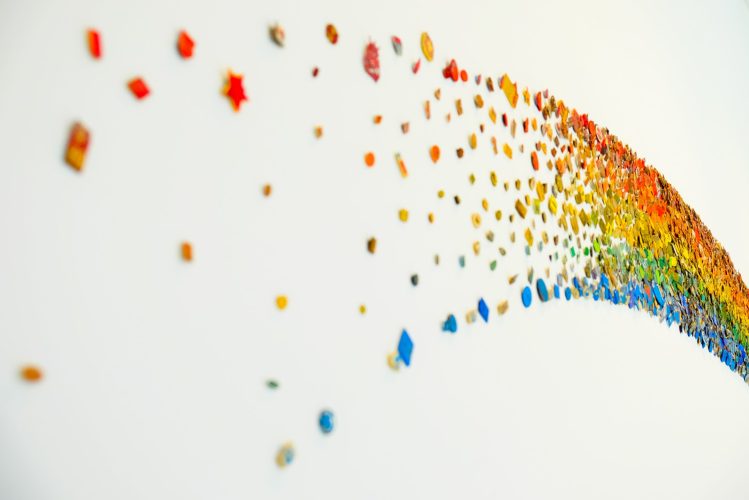








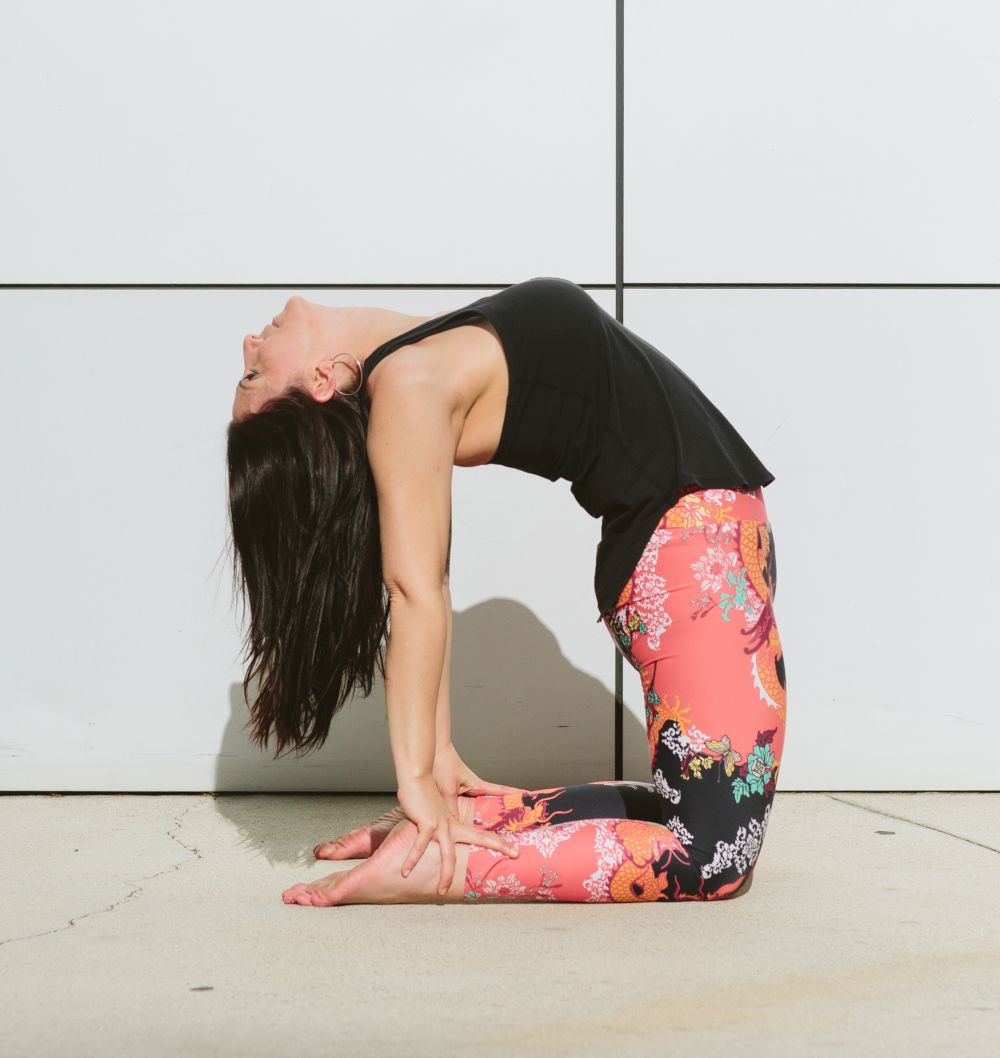
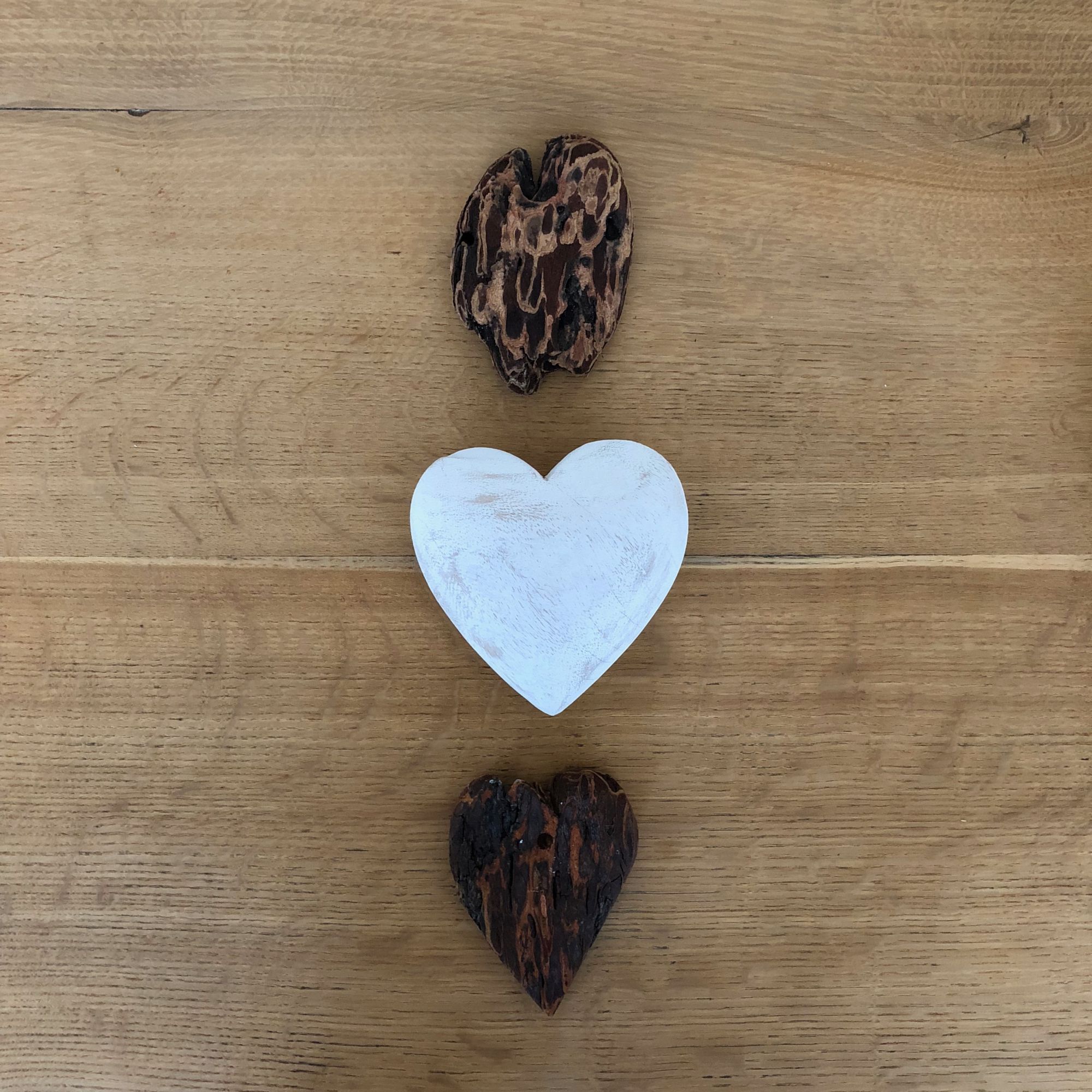
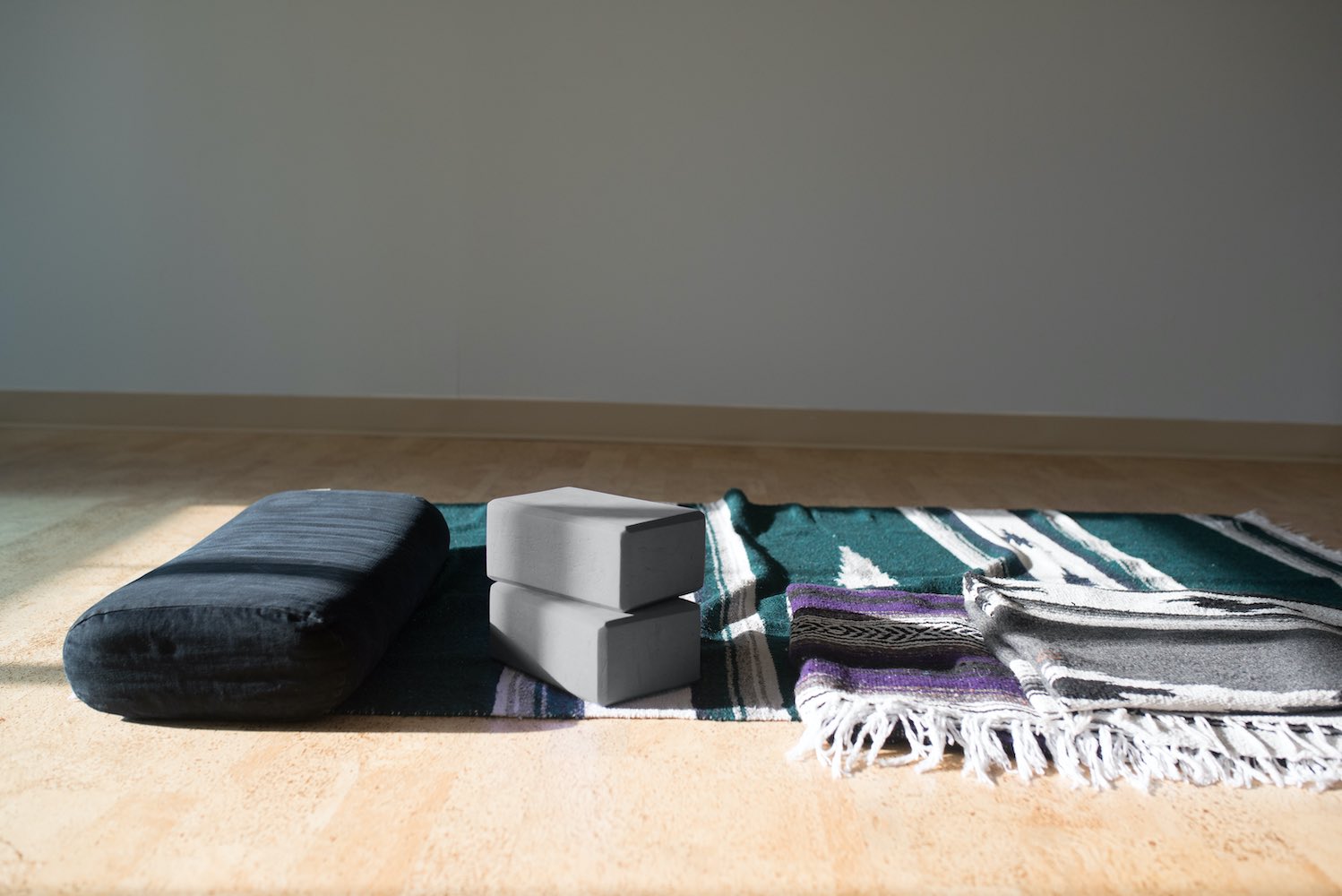
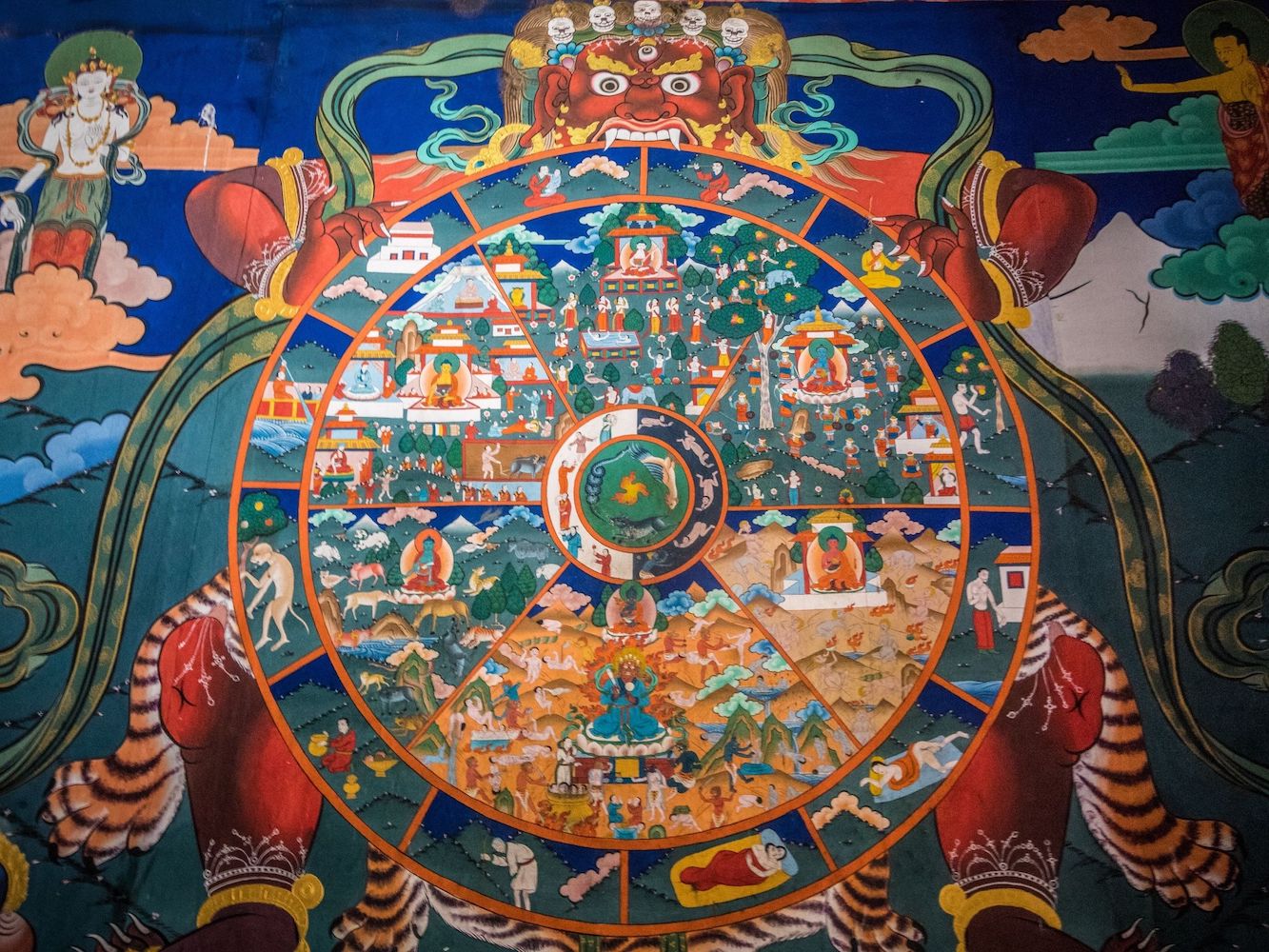

2 replies on “Outer Shapes, Inner Peace: Why Yoga Goes Deeper than Poses”
This article is beautifully written and very informative. Thank you.
Alyssa, thank you for your thoughtful article. Though aged now, I can still learn from (and love) the information you included … you speak in an encouraging and loving way.